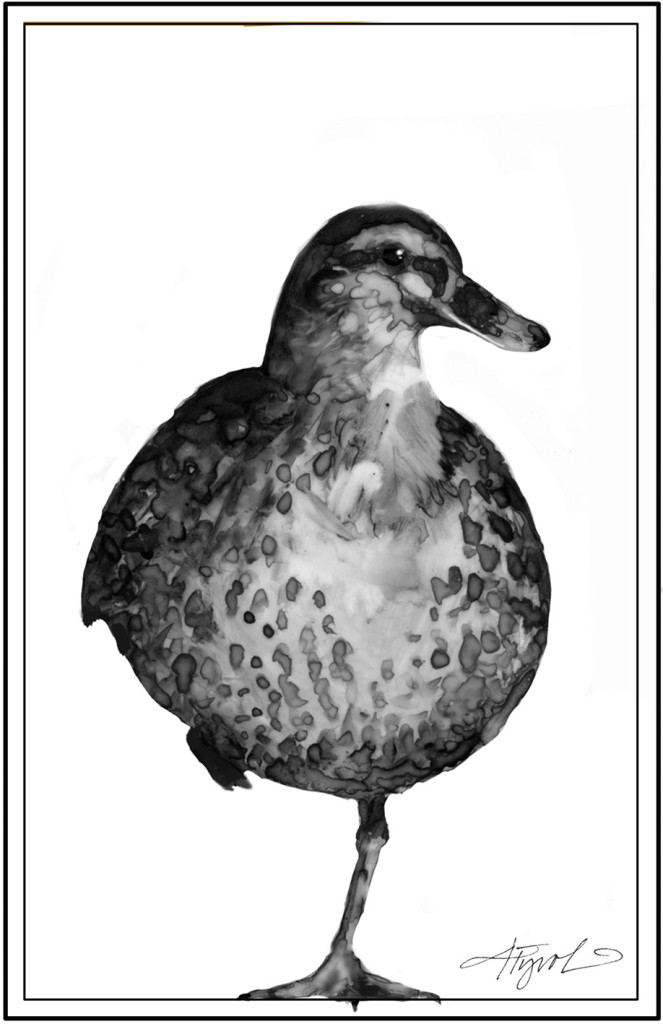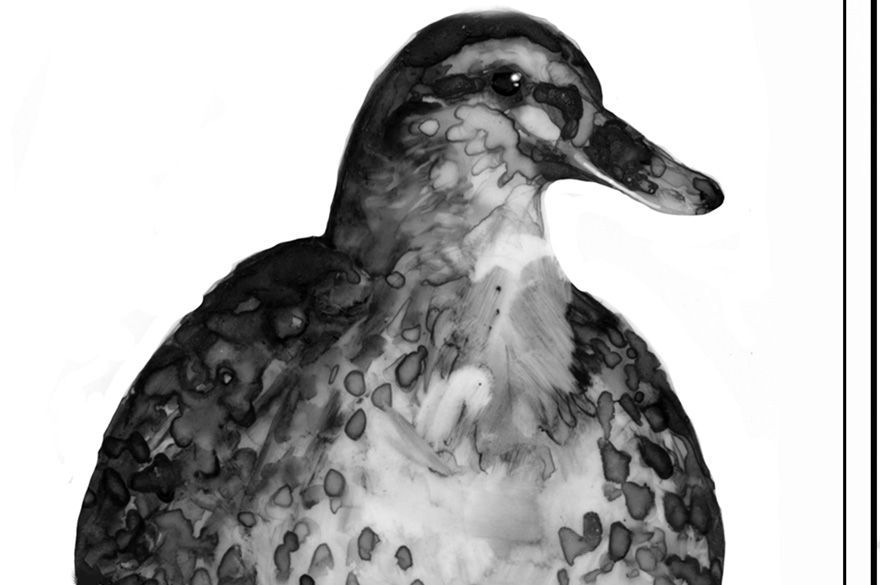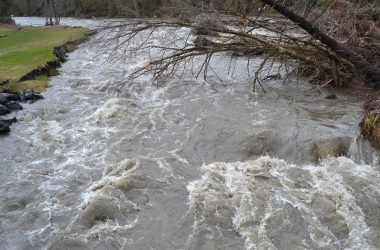
by Doug Facey
BURLINGTON – To survive the cold of winter, some animals take advantage of protected habitats, such as wooded areas or under a blanket of insulating snow. Ruffed grouse, for example, fly into piles of loose snow and create roosting cavities to rest in when not foraging. Mice and other small mammals remain active in tunnels under the snow. Foxes, coyotes, and deer often bed down in snow, sometimes with additional shelter from overhanging trees. Birds and mammals also develop thicker layers of insulation such as feathers or fur in preparation for winter, and muscles in the skin can elevate the hair or feathers to further increase insulation. (This is the reason we get “goose bumps” when cold.)
An animal’s circulatory system, which includes the heart and blood vessels, can also help reduce heat loss and thus contribute to winter survival. Blood flow to extremities such as limbs, ears, and skin changes in response to body temperature. More blood flowing to the surface results in more heat loss. This is why our faces get redder when we exercise: our bodies are moving more of our warm blood to the surface, where it can dissipate heat.
In winter, birds and mammals living outdoors need to retain body heat, and they do so by reducing blood flow to the extremities, thus keeping more warm blood in the body core to maintain the function of vital organs. If an animal’s body temperature gets a bit high due to activity, such as chasing prey or being pursued by a predator, the circulatory system adjusts by sending more blood to the skin and extremities, thereby shedding heat. Rabbits, for example, limit blood flow to their ears to prevent heat loss in winter, but can increase blood flow to the ears to release heat when needed.
To further aid heat retention, some blood vessels act as heat exchangers. This is especially important in extremities, whose relatively large surface areas can dissipate more heat. Blood vessels carrying warm blood away from the body core run alongside vessels carrying cooler blood flowing back to the core. This allows the outgoing blood to warm the incoming blood so that the body core stays warm, while the extremities – such as paws, feet, or hooves of animals standing in snow or on ice – remain relatively cold. Blood flows through the extremities quickly enough to prevent too much heat loss, while enough warm blood gets to the limbs and extremities to prevent them from freezing. This is critical, because if the fluid within the cells freezes, the ice crystals can tear through cell membranes and kill the cells, resulting in frostbite.
The lower legs and feet of birds are mostly bone, tendons, and skin – the muscles are in the upper part of the limb, near the body core. This allows birds to maintain heat close to their core, while the lower legs and feet remain relatively cold. There is, however, some blood flow through the legs and feet, and heat exchange between outgoing and returning blood limits additional heat loss. In addition, roosting birds can hunker down, covering their legs and feet with their feathers. Temperature receptors in birds are also less sensitive to cold than similar receptors in mammals. These adaptations allow birds to withstand the cold when perched at a feeder or on a tree branch.
The hooves of deer and moose are composed of keratin and are, essentially, like very thick toenails, which means they keep the blood supply of the lower legs away from contact with the frozen ground. The paws of foxes, coyotes, and wolves contain fatty pads which don’t freeze easily. The fatty pads also have blood vessel heat exchangers, so heat is transferred from blood reaching the pads to blood returning to the body core. This is particularly well developed in those members of the dog family adapted to the cold, such as the Arctic fox, and is also present in breeds of domestic dogs that are closely related to their cold-climate cousins.
The next time you see ducks or geese standing on ice or paddling about in very cold water, or if you catch of glimpse of a coyote on the prowl or deer foraging while standing in snow, consider how their circulatory systems are reducing heat loss so that these animals can survive our New England winters.
[Doug Facey is an emeritus professor of biology at Saint Michael’s College and lives in Burlington, Vermont. Illustration by Adelaide Murphy Tyrol.]






